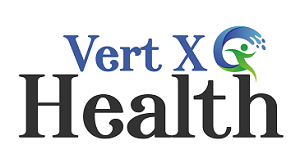
Identifying Varicose Veins and Getting Appropriate Treatment for Them in South Carolina
Venous disorders can result in severe complications and must be treated by a vein specialist. If your legs feel achy and heavy and you see some veins on your legs look twisted and swollen, you may have varicose veins. These veins are not only a cosmetic problem but may also indicate circulatory issues. In serious cases, it can result in complications such as blood clots and ulcers. So, before your varicose veins get worse, it is best to seek varicose vein treatment in South Carolina as soon as possible.
Your veins play an essential role in your circulatory system. If you have varicose veins, the valves that keep the flow of blood to your heart become damaged or weak, resulting in the backing up and pooling of blood in the veins. Although any vein in your body can become varicose, you may develop varicose veins in the legs.
Understanding Your Risk
Some factors put you at a higher risk of developing varicose veins. Aside from pregnancy, these factors include the following:
- Family history. You are highly likely to develop varicose veins if you have a family history of this condition.
- Obesity. Having excess weight can put pressure on your veins. As a result, they become weak and damaged, increasing your chances of getting varicose veins.
- Age. With age, the valves that handle blood flow can become weak, causing varicose veins.
- Damaged veins. No matter what conditions your vein damage, your risk of getting varicose veins increases because of it.
Early Symptoms
Before the formation of varicose veins, some symptoms may surface:
- Swollen feet. Swelling ankles and feet following a long day may indicate the development of varicose veins. This may not be a concern when this only occurs once. But if you have been dealing with this condition, it may be necessary to see a vein specialist.
- Achy legs. Leg aches after performing physical activity may indicate the formation of varicose veins. This is even more possible if the ache is accompanied by leg cramping.
- Lower leg spots. Red spots in the lower legs can mean you have varicose veins coming to the surface. Such spots can indicate that your legs’ blood vessels have burst or weakened.
Treatment for Varicose Veins
Conservative varicose treatment starts with changes in your lifestyle, like losing weight. Also, you can elevate your legs to help blood flow. Your doctor may recommend the use of compression stockings. For serious cases of varicose veins, medical procedures are performed to get rid of or close varicose veins.






